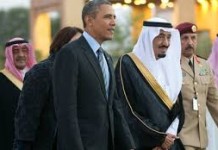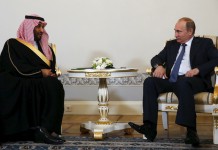Context
 Drone attacks in Pakistan have increased dramatically during the month of September. According to the Long War
Drone attacks in Pakistan have increased dramatically during the month of September. According to the Long War
Journal, 35 such strikes took place in 2008, 53 in 2009 and so far 67 have occurred in 2010. The Prime Minister of Pakistan commented on Tuesday that even if US fails to deliver the drone technology, the country will soon have locally produced ones. This analysis lays out the significance of the recent surge in drone strikes.
Analysis
As noted by PoliTact in its August 10th forecast, senior US officials now also admit the focus of Pakistan’s military has shifted to providing flood relief and that counter insurgency and terrorism operations have been impacted. The US Secretary of Defense Robert Gates recently commented that due to the floods, Pakistan’s North Waziristan operation is expected to be delayed.
One reason for the hike in drone strikes could simply be that Pakistani military is preoccupied with providing rescue and relief efforts, while the US does not want the extremists to have the breathing space to plan and conduct terrorist attacks in Pakistan and elsewhere. With political unrest worsening in Kashmir, extremists might try to aggravate the situation further by striking a target in India.
According to media reports and based on the above assessment, US has stopped pushing Pakistan to do more, as this might be counterproductive. However, this does not mean that US would not act on its own at this crucial junction of the Afghan war. The major emphasis of the strategy is to weaken the extremists and bring them to the negotiation table from a position of weakness. Furthermore, there is a growing realization that the situation in Afghanistan cannot be controlled without eliminating the extremist sanctuaries in the tribal areas of Pakistan, a claim supported by both India and Afghanistan. The French Foreign Minister Bernard Kouchner also conveyed this sentiment on Tuesday when he said, “It’s not a secret for anyone, everyone knows that Mullah Omar is in Quetta, if he’s not now in Karachi.”
On the other hand, Tehreek-e-Taliban Pakistan (TTP) has claimed responsibility for most of the recent terror attacks in Pakistan. TTP has linked the terrorist attacks to US drone strikes that have been conducted against them, which it claims have also caused civilian causalities. Additionally, the TTP spokesman Azam Tariq has accused the Pakistan army and the government of complicity in these attacks. By making these statements, Taliban have in fact accepted that the drone strikes are causing significant damage and this could also be the basis for the increase in UAV strikes in the tribal areas. While Prime Minister Gillani’s statement on the drone technology was probably meant to show disagreement between US and Pakistan on this matter, and to challenge the perception created by Taliban that the government is complicit in these strikes.
Drone strikes remain deeply unpopular in the country and are viewed as a violation of its sovereignty. However, US humanitarian flood relief counters the negative perceptions created by the strikes. US is delicately but aggressively approaching both these goals; going after the extremists and providing flood relief. By adopting this tactics, US is attempting to prove that the drone strikes take out the very people that are known to kill Pakistani civilians, and thus to manage and offset the negative sentiment created by the drone strikes.



